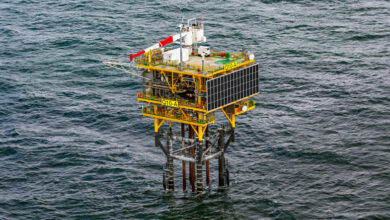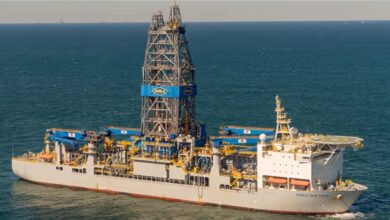Wood Mackenzie reports: Upstream companies positioned to thrive in 2019
In Wood Mackenzie‘s recently published 2019 upstream and corporate outlook reports, the company highlights how well prepared the industry is to adapt and thrive in tumultuous times. “Oil and gas companies can cope with whatever’s thrown at them in 2019,” Tom Ellacott, Senior Vice President, said. “Portfolios are set to weather low prices, and the recent slide in prices justifies the sector’s conservative mindset. In our view, the commitment to capital discipline will not budge entering the new year.”
He continued: “But the temptation to relax the purse strings will grow if prices bounce back. If oil prices return to $70/bbl or above, the cash windfall generated is huge and will inevitably drive sentiment back in favor of growth. It will also increase pressure to return surplus cash to shareholders.”
But companies will be cautious about raising shareholder distributions and investment too quickly. Many will favor deleveraging to absorb any future shocks and keep their powder dry for opportunistic M&A. But one area where the capital will continue to flow is the US tight oil, spearheaded by the majors.
“Permian mega-deals defined 2018, and we expect more in 2019,” Angus Rodger, Upstream Research Director, said. “After spending nearly $35 billion on tight oil acquisitions in 2018, the supermajors and bigger independents are serious about ensuring long-term success.”
Big will be beautiful in the new Permian landscape. Scale and operational synergies will allow for the largest players to shift to full-scale industrialization, drilling longer and more capital-efficient wells. “This shift in business models also mean smaller players will be under pressure to acquire and seek value through scale,” Mr Rodger said.
Above-ground challenges will moderate Permian tight oil growth in 2019 to just 650,000 bbl/day after eclipsing 1 million bbl/day of growth in 2018. Wood Mackenzie does not see relief for operators until Q3 2019, when new pipeline capacity comes online to relieve infrastructure bottlenecks.
But tight oil will not grab all the headlines. Discovered resource opportunities in 2019 will offer access to mega LNG projects in Qatar and giant deepwater oil resources in Brazil. Around 20 billion BOE will be up for grabs globally, up from 15 billion BOE in 2018.
“Expect fierce competition from the top players for these resources, which will provide longevity and oil price resilience to company portfolios,” added Mr Ellacott.
Big resources will also be pursued through conventional exploration with the drill bit. More careful allocation of capital since 2017 has returned exploration to profitability, and 2019 looks set to be another promising year. Hotspots will include Guyana, Brazil, Mexico, US Gulf of Mexico, Cyprus, South Africa and the Barents Sea in Norway.
A potentially record year for LNG project sanctions will be another bright spot for industry spend. Frontrunners in the race to reach a final investment decision (FID) include the Arctic LNG-2 in Russia, at least one project in Mozambique and three in the US. These alone would warrant total capital investment of well over $50 billion. And that is not counting expansions in Qatar, Papua New Guinea and Nigeria that could also get the green light in 2019, and would take spend closer to $150 billion.
“These are huge investments that will take time to deliver. This new phase of LNG development will be a real test of the industry’s improved project execution and cost management,” said Mr Rodger.
Besides LNG, the biggest sanctions will be deepwater oil in Brazil and Guyana. The overall trend for oil and gas project sanctions will be positive. Wood Mackenzie forecasts around 45 to 50 large FIDs in 2019, versus around 40 in 2018.
More of the industry’s biggest players will unveil energy transition blueprints in 2019. But strategic messaging to appease investors will not translate into an investment boom. The majors have allocated less than 3% of their budget to renewables since 2016. Spend will nudge up in 2019, but not by much.
“Companies and investors will be wary of backing the wrong horse in new energy. It’s a sector they are still trying to understand,” said Mr Ellacott. “Upstream will still account for the majority of capital investment in 2019.”




